There are truly expensive coins of the USSR — for example, the 1923 chervonets "Sower". Collectors are ready to give hundreds of thousands of rubles for it Chervonets "Sower" 1923 / "Bag" . The coin is minted almost from pure gold, there is more than 72% of it. Interestingly, there are a lot of such chervonets — almost 3 million. But most of them were then re-minted, so this is now a rarity.
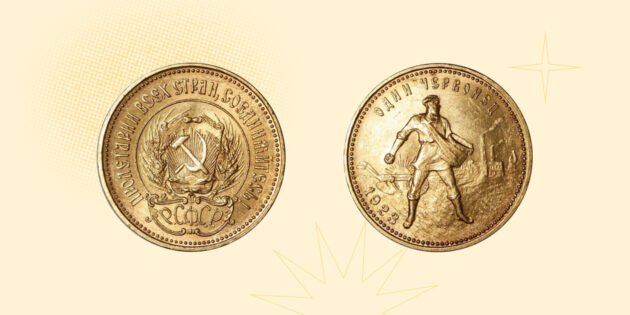
The "Sower" of 1925, unlike its predecessor, is made of copper, not gold. At the same time, it costs more — millions. Because it was released in a tiny trial edition. It is unlikely that such copies are lying around in your piggy bank.
But sometimes the money that could get into the wallet of any Soviet person also turns out to be valuable. That's what you should look for at home.
20 kopecks of 1941 exist in two varieties: with an ordinary star above the coat of arms and with a star formed by diamonds. The first option is evaluated by 20 kopecks 1941 / Coins of Russia and the USSR an average of 100 rubles, the second — 50 thousand.
Not every coin of this denomination and year of issue is expensive, there are different options. For example, there are copies whose front side is from 20 kopecks in 1950. One of the obvious differences is a flat star. Such a coin can be sold 3 kopecks in 1952 / Coins of Russia and the USSR for 30 thousand rubles.
There are even more valuable variations. So look in the piggy bank for three kopecks in 1952, maybe you will come across something unique.
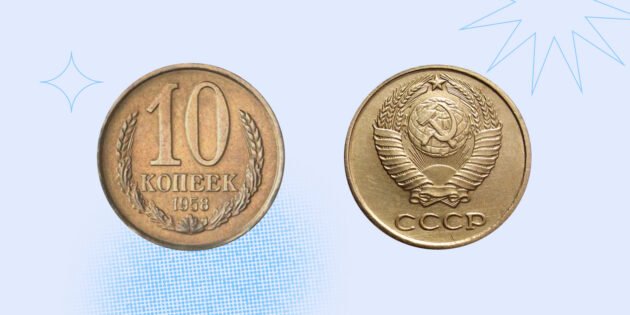
Coins of other denominations of the same year of issue also cost a lot, they are just very rare.
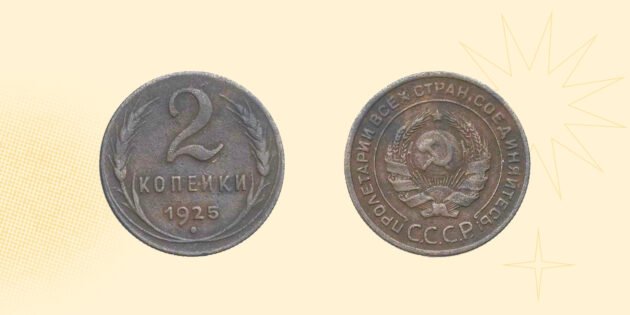
In 1924, after the monetary reform, all coins were issued in huge circulations. In 1925, only a small denomination was minted and in small quantities. Therefore, 2 kopecks, although they were in circulation, are considered quite rare. You can sell 2 kopecks in 1925 / Coins of Russia and the USSR for 70 thousand rubles.
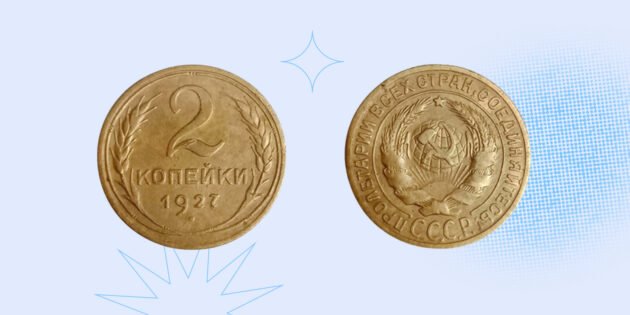
This coin was in circulation, but it is extremely rare. Therefore, collectors are willing to pay for it. You can 2 kopecks in 1927 / Coins of Russia and the USSR sell for 150 thousand.
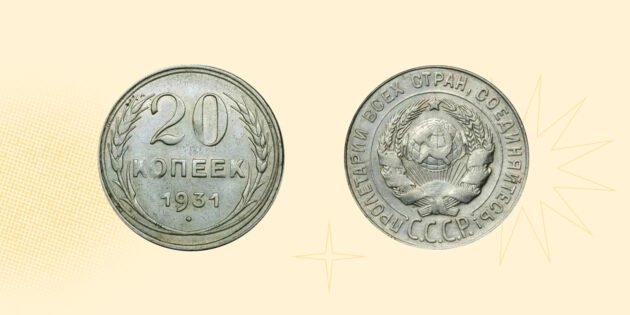
This coin, unlike the subsequent editions, is made of silver , like its "neighbors" in denominations of 10 and 15 kopecks. But the latter are almost impossible to find. But 20 kopecks were in circulation, so theoretically they can lie in the piggy bank. Connoisseurs are ready to give 20 kopecks in 1931 / Coins of Russia and the USSR for such a copy 150 thousand current rubles.
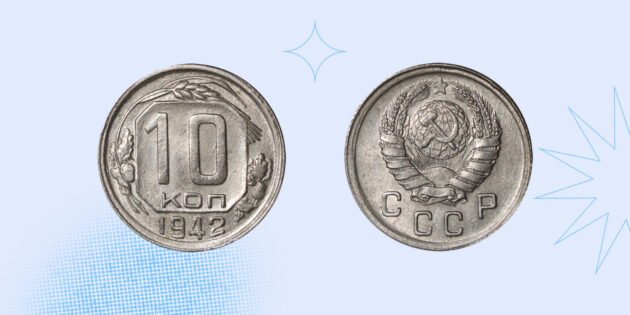
For this coin you can 10 kopecks in 1942 / Coins of Russia and the USSR get from 15 thousand rubles. There is nothing special about it, except for the rarity — not many of them were released. This is due to the fact that in 1942 the equipment of the mint was transferred from Leningrad to the Urals. The establishment of production took time, so they simply did not have time to mint more this year.
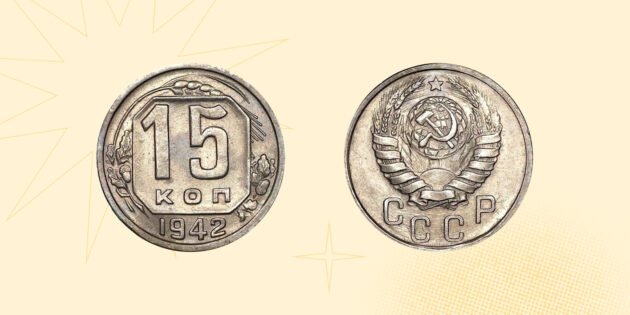
With this coin, the story is the same as with 10 kopecks. And it can be sold 15 kopecks in 1942 / Coins of Russia and the USSR at a comparable price.